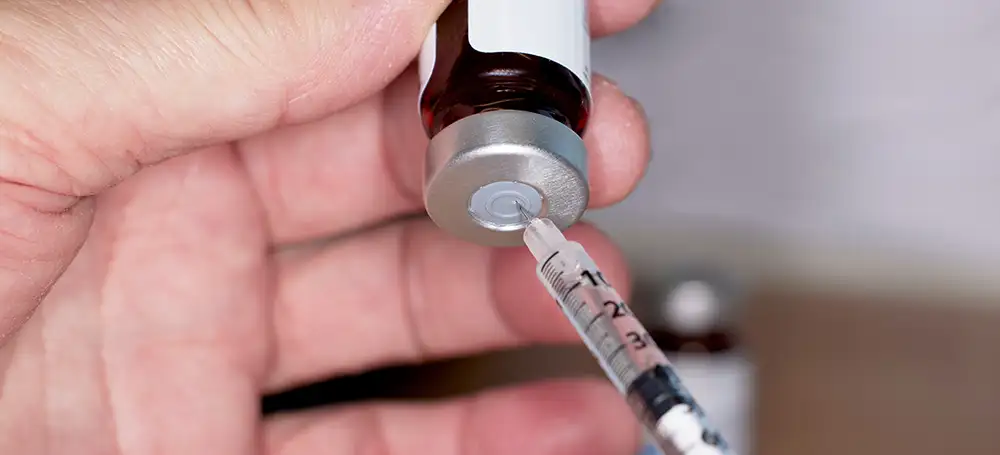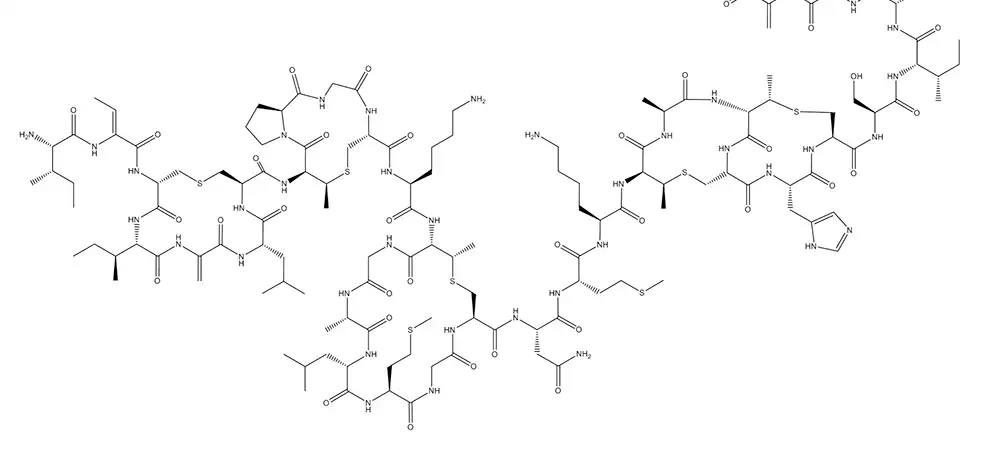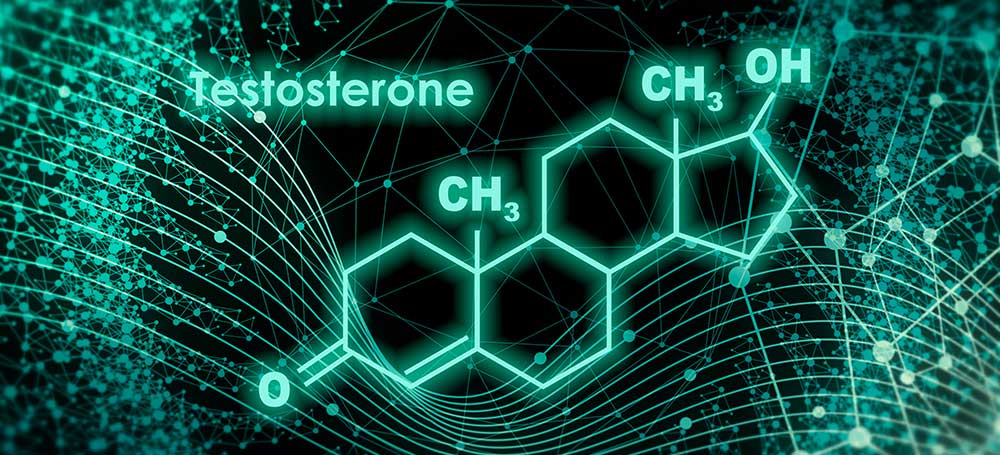Understanding what to expect when you look into testosterone replacement therapy can help you make smart decisions about what path to follow. Take a look at what you can expect at your first visit to a men’s health clinic as well as what to expect through the course of your testosterone replacement therapy.
Your First Visit Seeking Testosterone Replacement Therapy
At your first appointment to explore testosterone replacement therapy, your health care provider will explain exactly what testosterone replacement therapy is and what you can expect from it. You’ll learn how the male sex hormone testosterone helps to regulate your energy levels, your mood, and your sex drive, while also providing some benefits to your cardiovascular system, red blood cell production, and bone density. If you’ve been experiencing symptoms of low testosterone, you’ll also learn how testosterone replacement therapy may be able to help.
The clinic will also ask in detail about the symptoms you’ve been experiencing. They’ll also review your entire medical history to look for various factors that could be producing these symptoms. The health care providers will also run some tests to determine whether your symptoms are in fact a result of low testosterone levels.
The Blood Tests
The first round of blood tests you’ll take will help determine whether testosterone deficiency, or low testosterone, is a primary factor behind the symptoms you’re experiencing. If low testosterone is diagnosed based on these blood tests, you can move on to the actual therapy.
In addition, your health care provider must confirm your overall health before starting testosterone replacement therapy. To that end, your red blood cell count will be tested to ascertain any risk of thrombosis or stroke. This is important because testosterone replacement therapy can elevate your red blood cell count.
Because testosterone replacement therapy may also increase levels of prostate-specific antigen, your PSA levels will also be tested. PSA is a protein made in the prostate gland and found in both blood and semen. Increased levels of PSA may increase your risk of prostate cancer. In addition, blood lipid tests and tests for other biomarkers may be run.
The overall goal with the blood tests is twofold: to diagnose testosterone deficiency accurately and to collect baseline measurements so your overall health can be monitored while you’re undergoing testosterone replacement therapy. Other baseline measurements that your health care provider may ask for include bone density tests and, in some cases, measurements of liver enzymes.
In most cases, your health care provider will ask for a fasting blood test. That means you have to stop eating and drinking by midnight the night before your blood test (though you may have some small sips of water in the morning). A fasting blood draw helps ensure that the tests run on your blood are accurate. Your blood draw is likely to take place first thing in the morning — not just because you’ll be hungry, but also because testosterone levels peak in the morning, making that the best time for these particular tests.
Determining Whether Testosterone Replacement Therapy Is Right for You
Testosterone replacement therapy is appropriate for many men experiencing low testosterone levels. Testosterone deficiency may make itself manifest through several key symptoms, including:
- Erectile dysfunction
- Decreased energy
- Increased body fat
- Anemia (low iron levels in the blood)
- Decreased calcium levels in the bones
- Mood changes, including irritability and depression
- Low sex drive
- Decreased muscle mass and overall strength
Low testosterone levels are linked to several health problems, including obesity and diabetes. Testosterone levels also decrease naturally with age. About 40% of men over 45 have low testosterone levels.
However, many of the symptoms associated with low testosterone can be caused by other physical or mental health factors. An increase in irritability, a decrease in energy, and even erectile dysfunction may be a result of factors that have nothing to do with testosterone levels.
Some men are not good candidates for testosterone replacement therapy, even if their blood tests do confirm low testosterone levels. For example, men with elevated red blood cell counts or untreated heart conditions should avoid testosterone replacement therapy, since added testosterone could make these conditions worse. In addition, men who have prostate cancer, breast cancer, urinary tract issues or sleep apnea should not undergo testosterone replacement therapy.
In addition, men who still hope to father children should not seek testosterone replacement therapy. That’s because the increase in testosterone levels can decrease fertility and sperm count.
Physicians also counsel against boosting testosterone for nonmedical reasons, including body building or enhancement of sexual performance. Testosterone replacement therapy is not safe for men whose natural testosterone levels are normal.
A final factor in the decision of whether to pursue testosterone replacement therapy is the understanding that this therapy is not permanent. If you stop testosterone replacement therapy, your testosterone levels will drop again, and the symptoms you’re experiencing now will return.
What to Expect From Testosterone Replacement Therapy
When you start testosterone replacement therapy, you’ll be offered several choices for administration of testosterone.
There are various options for the administration of TRT. Your health care provider may offer you any of the following:
- Testosterone gels. These gels are absorbed through the skin. Typically you’ll rub them on your arm or shoulder — but it’s important to handle them carefully.
- Testosterone injections. For this administration of testosterone, expect to return to the clinic every two to 10 weeks for another intramuscular shot.
- Testosterone patches. These apply a version of testosterone gel through the skin in a less messy way than applying the gel directly; think of them as similar to nicotine or air sickness patches.
- Testosterone pellets. These small pellets, which are applied under the skin of the buttocks, last longer than most other approaches.
Once you start your testosterone replacement therapy, you can expect a few side effects, some of which may be short-term and others of which require long-term monitoring. Among the effects to keep an eye out for are:
- Decrease in testicle size
- Increased red blood cell count
- Swelling or soreness in the breasts, feet, and ankles
- Decreased sperm count, or infertility
- An enlarged prostate gland
- Acne
- Decrease in the frequency or stream of urination
- Sleep apnea, insomnia, or other sleep difficulties
- Mood swings, including increased irritability or aggression
- Hair loss
- Lowered overall cholesterol level and LDL (“bad”) cholesterol
Effects from testosterone replacement therapy begin within about three weeks, with new effects appearing for the first six months or so. The timetable for the effects you can expect to see is as follows:
- At three weeks: Sexual interest increases, plateauing at six weeks. Changes in erections and ejaculation may begin at this point. A lifting of any depressive mood may begin this early and typically is detectable by six weeks. Any high inflammation levels will start to subside beginning now and over the first three months.
- At four weeks: Decrease in cholesterol and LDL cholesterol levels begins. Improvement in insulin sensitivity also begins now.
- At 12 weeks: Increased body strength and muscle mass begins, along with a concomitant decrease in body fat.
- At 30 weeks: Positive mood changes will be in full effect by this time.
- At six months: Changes in erectile dysfunction and ejaculation will have resolved by this point. In addition, an increase in bone density is typically detectable at this point and may continue for another three years or so.
- At 12 months: Increased PSA numbers peak and plateau by this time. Any further rise in PSA numbers is a result of aging, not of testosterone replacement therapy. Also at this time, any decrease in cholesterol reaches its final levels, as does improvement of insulin sensitivity. Changes in lean body mass and strength also stabilize at this point, though they may continue to improve slightly over the years.
The jury is out on other long-term effects of testosterone replacement therapy. While some studies suggest that testosterone replacement increases men’s risk of heart attack, other studies indicate the exact opposite. One recent study, in fact, showed that men undergoing testosterone replacement therapy to treat testosterone deficiency decreased their risk of heart attack and stroke by 33%.
Studies also show that testosterone replacement therapy does not increase the risk of prostate cancer. However, it’s clear that more research is needed in all these areas to determine the long-term effects of testosterone replacement therapy.
Follow-up After Testosterone Replacement Therapy
Testosterone replacement therapy is not a one-and-done kind of treatment. You can expect regular follow-up after you initially undergo testosterone replacement therapy. You’ll return to your health care provider for continued treatment, of course, but you should also plan on a series of continuing lab tests with each visit.
Your health care provider will want to check your testosterone levels as well as your PSA levels to confirm the health of your prostate. Tests of red blood cell production, or hematocrit, are also important, and you may also have your liver enzymes tested. In addition, many health care providers do regular bone density tests to rule out the development of osteoporosis or osteopenia (loss of bone density and mass).
In addition, you may need to get a physical every six months or so to check your blood pressure and general cardiovascular health as well as to check in for the presence of other side effects and symptoms, including insomnia.
In relatively rare conditions, men may need to seek emergency medical care as a result of side effects. You should seek immediate medical care if you notice your speech is slurred, if you experience chest pain, if you feel weak on one side of your body, or if you experience difficulty breathing or unexplained shortness of breath.
Start on Your Testosterone Replacement Therapy Journey
You may have a lot of questions about what testosterone replacement therapy entails and whether it’s the right choice to treat the symptoms you’ve been dealing with. The only way to find the real answer to those questions is to get the blood tests that will reveal if low testosterone is at the root of your physical issues.
At Boston Vitality, we can provide the medical guidance and testing you need to get the answers to your questions, as well as the treatment that will restore your health as a man if low testosterone is indeed at the root of your condition. We provide safe, discreet treatment for men’s health issues, including providing testosterone replacement therapy and dealing with other issues revolving around physical, sexual, and mental health.
Start your journey to solving your unanswered questions when you make an appointment by calling us at 781-399-LowT (-5698) today. You can expect answers and understanding along with top-notch medical treatment in an atmosphere of confidentiality. The solution to the physical and sexual symptoms you’ve been experiencing could be only an appointment away.












